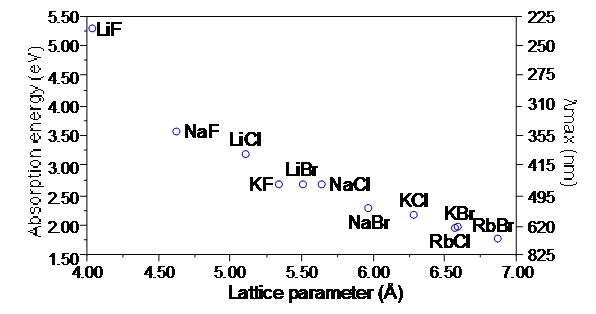

1d–g), destructive interference of electronic hopping pathways around the kagome bracket can produce nearly localized electrons, and thus electronic bands that are flat in momentum space (Fig. In 2D metallic kagome lattice materials (Fig. In three-dimensional (3D) metallic ferromagnets like iron 8, 9 and nickel 10, the quasiparticle bands are broad and spin waves are well-defined only at long wavelengths, disappearing when they enter the Stoner continuum at intermediate spin-wave momenta (Fig. Magnetic metals support both collective spin-wave (Fig.

Therefore, our results established the evolution of spin excitations in FeSn and CoSn, and identified anomalous flat modes overlooked by the neutron scattering community for many years. In addition, we observed non-dispersive excitations at ~170 meV and ~360 meV arising mostly from hydrocarbon scattering of the CYTOP-M used to glue the samples to aluminum holder. Our measurements on FeSn and CoSn reveal well-defined spin waves extending above 140 meV and correlated paramagnetic scattering around Γ point below 90 meV, respectively. Here we report inelastic neutron scattering studies of spin excitations in 2D metallic kagome lattice antiferromagnetic FeSn and paramagnetic CoSn, where angle resolved photoemission spectroscopy experiments found spin-polarized and nonpolarized flat bands, respectively, below the Fermi level. When ferromagnetic order breaks the degeneracy of the electronic bands and splits them into the spin-up majority and spin-down minority electronic bands, quasiparticle excitations between the spin-up and spin-down flat bands should form a narrow localized spin-excitation Stoner continuum coexisting with well-defined spin waves in the long wavelengths. In two-dimensional (2D) metallic kagome lattice materials, destructive interference of electronic hopping pathways around the kagome bracket can produce nearly localized electrons, and thus electronic bands that are flat in momentum space.


 0 kommentar(er)
0 kommentar(er)
